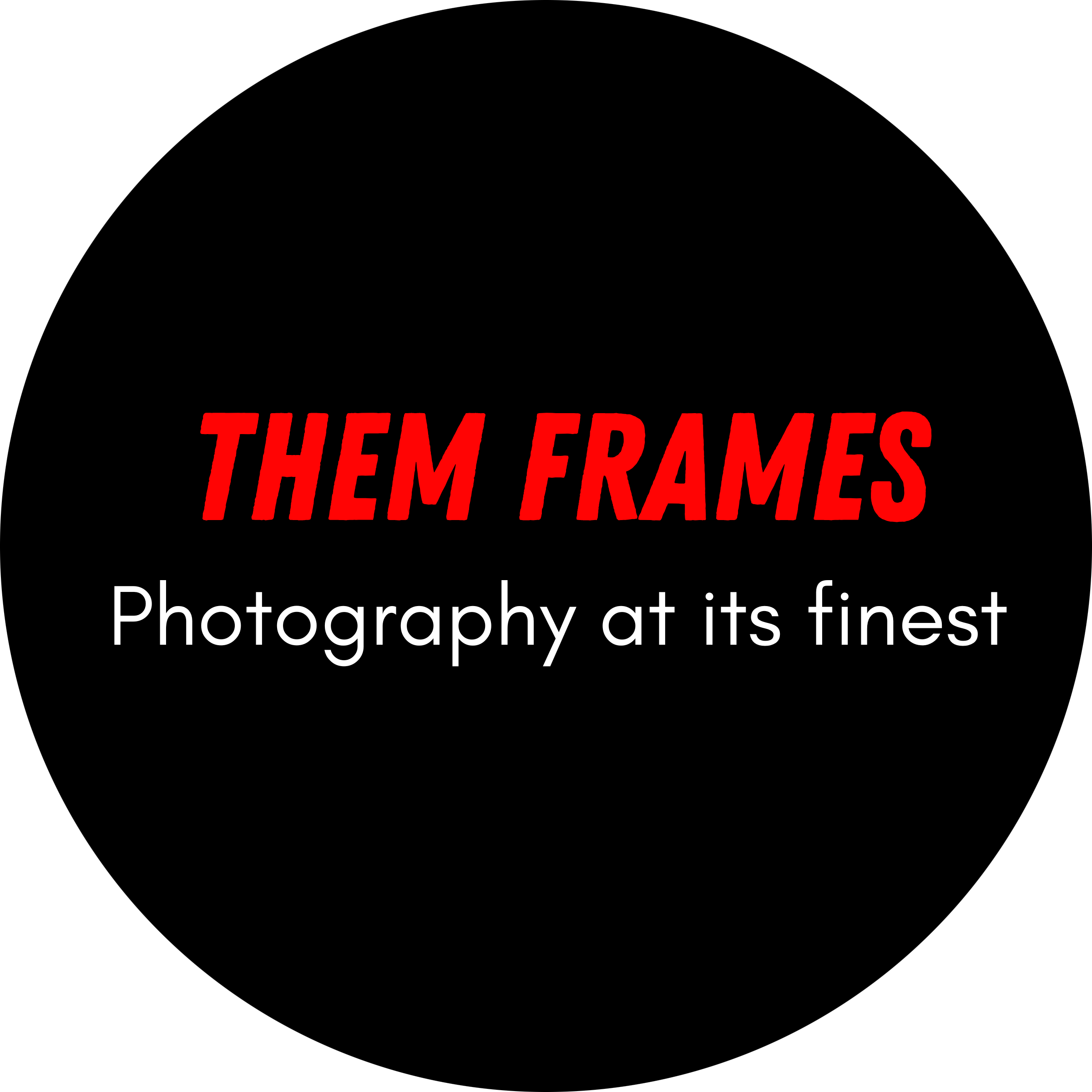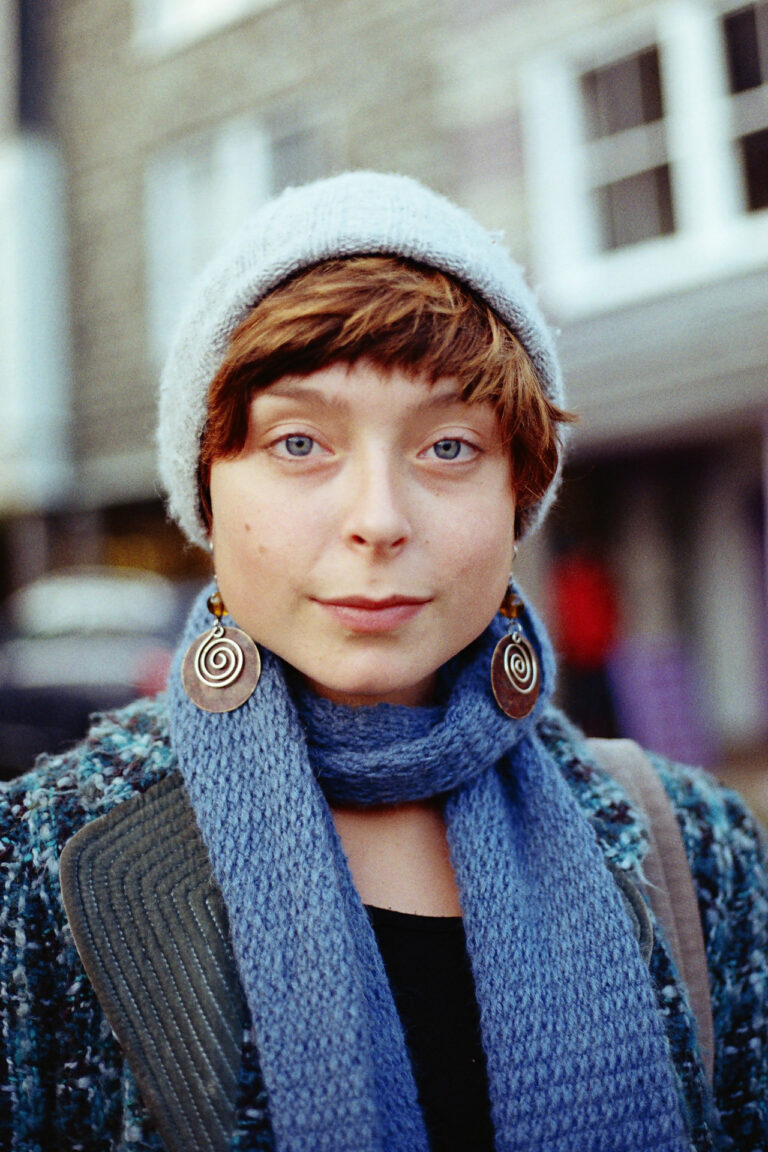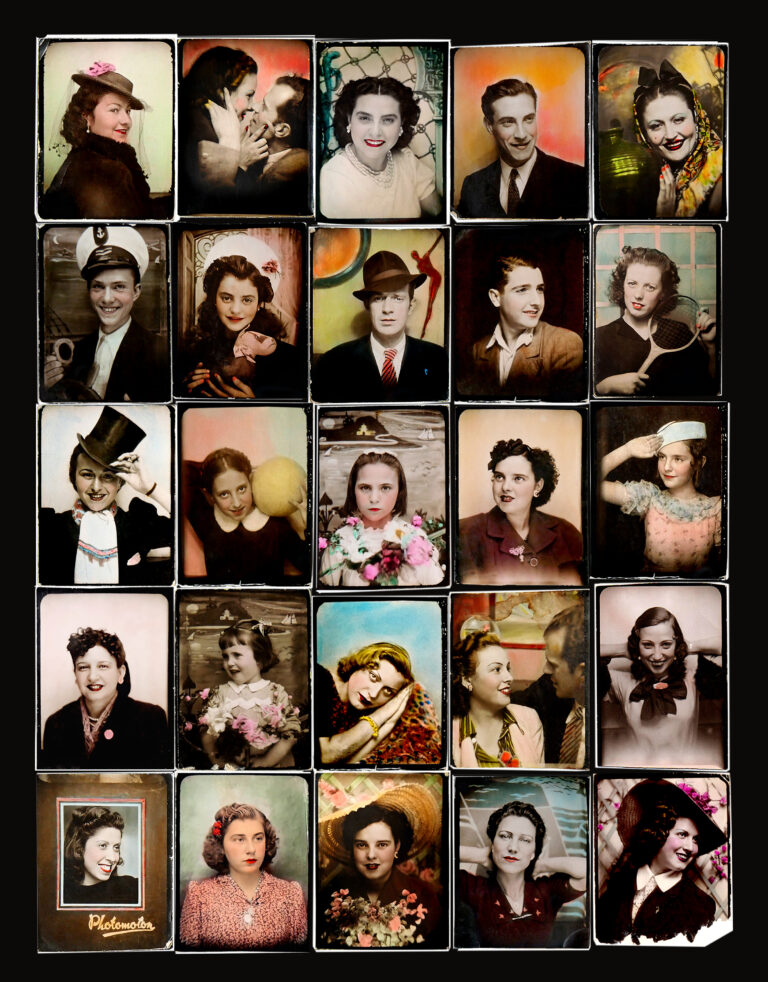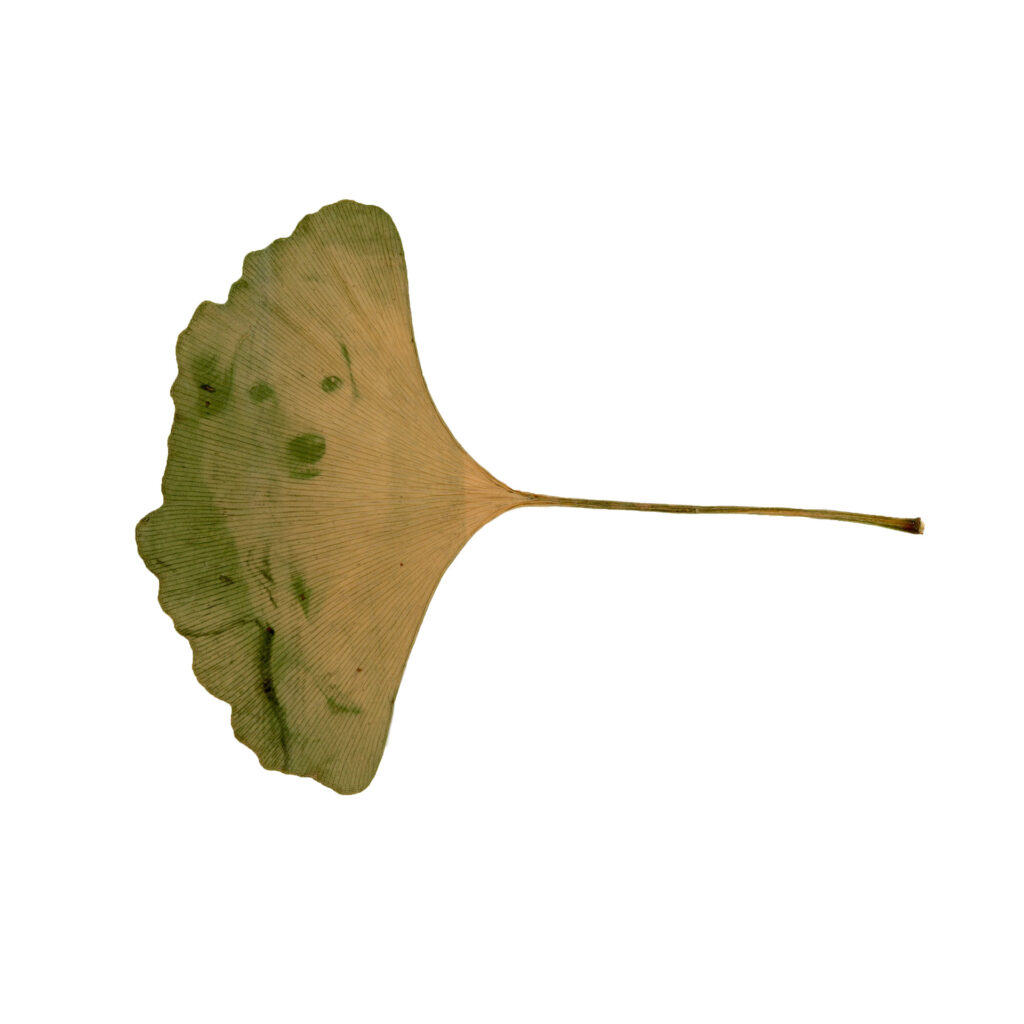
Ren, Chlorophyll print on a Ginkgo Leaf. All images by Lissy Alta. Used with permission.
Sustainability is shaping the way we live, as people look for gentler ways to exist in harmony with the Earth and everything on it. Photography is part of that movement, with artists like Lissy Alta experimenting with and sharing more sustainable methods of image-making and development.
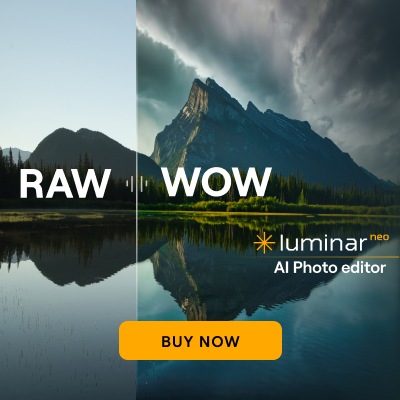
I’ve never made a secret of the fact that there are corners of photography I’m not an expert in. Having spent my creative life firmly in the digital realm, the idea of using sunlight and leaves as printing tools feels completely foreign to me. That’s why I turned to Alta, whose practice explores alternative processes such as cyanotypes and chlorophyll printing.
While her methods naturally draw attention, the stories Alta tells through her work are just as striking. Her prints move through themes of family, tradition, history, and culture, and there is a poetic quality within her development process itself — a reminder that none of our stories continue forever.

La Matriarca installation at the Bard Graduate Center, New York, NY
Her work has been widely recognized, with solo exhibitions at The Loisaida Center and the Bard Graduate Center in New York, along with commissions from a range of private clients.
Alta’s creativity extends beyond her own imagery. She brings her curatorial experience to various projects and currently serves as Media Coordinator at the American Museum of Natural History.
Her experience, insight, and creative depth fascinate me, and I’m delighted she agreed to this interview.

Lissy Alta, Self Portrait. Cyanotype (dyed with Hibiscus tea).
Them Frames: Hey Lissy! For those unaware, what is a Sustainable Alternative Process Photographer?
Lissy Alta: ¡Hola Dan!
A sustainable alternative process photographer is a photographer that uses non-traditional and historical printing methods that are less harmful to our planet and all its inhabitants. This can range from classic cyanotype, a historical printing method that uses fewer toxic chemicals so it’s sustainable when disposed of properly. To chlorophyll prints, which are a non-traditional printing method that leverages a plant’s natural photosynthesis to burn a photographic image into a leaf.
Ultimately, the goal is to have a photographic practice that causes minimal damage to our natural environment and by extension ourselves.

Winston, Chlorophyll print on an Italian Ruscus Leaf.
Them Frames: What are some of the challenges of producing images in this way?
Lissy Alta: There’s so little control I have with alternative processes that the major challenge is that every result is unpredictable. Every print I make turns out differently than I originally envisioned them.
For some printing methods I’m so dependent on the weather forecast and how strong the UV rays are that day. It makes me check hour by hour forecasts the night before just to make sure I can even make a print.
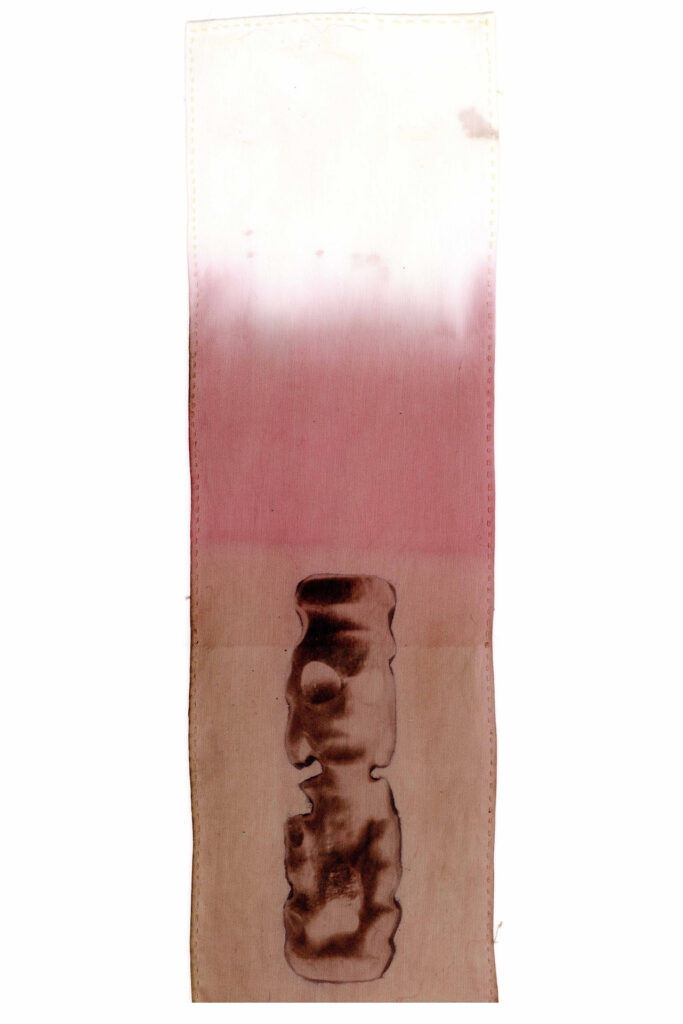
Zemí Nagua, Cyanotype on Cotton.
Other processes, like creating photo developers, require some experimentation. I’m never too sure if what I mix will work perfectly and often I’ve messed up quite a few rolls of film (which hurts my heart and my wallet). Lastly, impermanence. With some processes I’ve come to accept that the only way to keep them “forever” is to digitally scan them. Their impermanence, however, is wonderfully poetic and mirrors the life cycles in our natural environment so this challenge I’ve learned to embrace.
Them Frames: Yuca is native to your birth country, Dominican Republic. What inspired you to use this root vegetable in your creative work and what’s the meaning behind it?
Lissy Alta: Primarily, my maternal grandma. Her decision to leave the Dominican Republic and take us with her was monumental. I arrived in the United States when I was 24 days old. Though I returned to the island every summer, my connection to home became increasingly disjointed the older I got. Luckily my grandma was steadfast in reminding me where I come from. Those reminders were always in relation to our ancestry, our island, our customs and our food.
Yuca reminds me so much of home. Between yuca and plátanos, I couldn’t tell you which one my grandma made more of. As the matriarch of my family and my primary caretaker, I knew I needed to make a body of work that honored her. Yuca quite literally sustained me, my family and my ancestors (both indigenous Taíno and Black).

Cumpleañero, Yuca developed Black & White Film Scan.
By using it as a developer, I was able to build a metaphorical narrative embedded into each print. One that bridged my connection to ancestors I’ll likely never know. Though the process itself does not exist within the visual composition of my archival family photos, it served as an act of reclamation for parts of myself I feel I’m torn from every day I spend away from my native homeland.
Them Frames: Having kept written journals, you evolved to making photo journals. How do the two compare in regards to brainstorming thoughts, working through emotions and managing what’s going on in your life and mind?
Lissy Alta: Since these early photo journals are summarizing one given year, it’s a different process of reflection. It’s not an immediate reflection like I can do with my written journals. It’s self-reflection that has time to breathe. I rummage through the year in my iPhone photos, make my selections and then use the images I selected as a starting point.
I’m often self-conscious of what I’m writing in any of my journals. There’s a subtle fear that sets in when you imagine someone reading your journal and possibly judging you. I think this fear is what stops many people from writing down anything personal and raw.
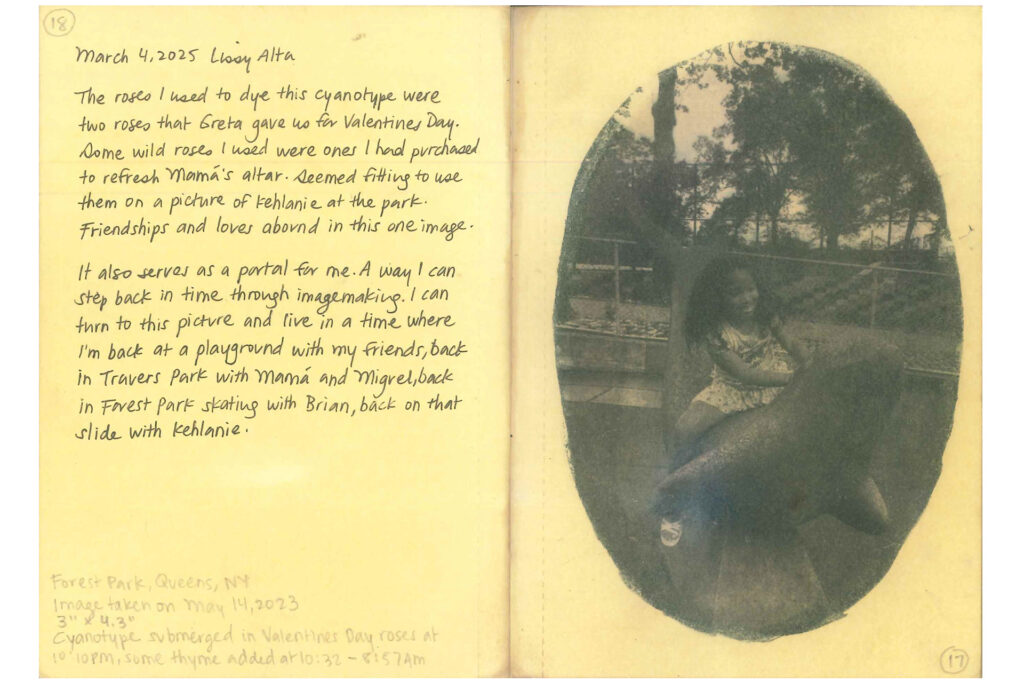
2023 Photo Journal, Cyanotype on Paper.
With my photo journals they’re meant to be under the microscope. They’re primarily a space to document the experimental process of botanically dying cyanotypes. But afterwards, they’re a space where I can be open with anyone willing to listen. They serve the dual purpose of being where I can mess up and where I can be sensitive. It’s how I remain gentle with myself.
Them Frames: Because it’s a unique approach, does it concern you that the production method may outshine the subjects and topics of your images? How do you manage that possibility?
Lissy Alta: It doesn’t concern me at all. I hope that the uniqueness of these processes would inspire curiosity and serve as a catalyst for others to look at ways their artistic practice can be more sustainable. I can never control what a viewer receives or takes away from any given photograph. I can only instill in each print my own values as an artist, activist and human being.

Green Cards Nagua, Cyanotype on Cotton.
Them Frames: We love music here! If you could blend one song or album with your photography, what would it be and why?
Lissy Alta: That’s a hard one. I adore music. I feel like I would have to make a playlist with a mixture of different artists for this question, but for who I am right now…hugo by Loyle Carner.
His music can be categorized as confessional rap. Hip-Hop/Rap is my first love, and I just recently returned to it. The artists that lean towards activism and tenderness are the ones I gravitate towards. That’s Loyle Carner for sure.
There’s a gentleness to his music. The album ties together elements that are jazzy, soulful, and open while not being too serious. The production features so much beautiful instrumentation and variation that makes every track in it simultaneously cathartic and playful. I hope my work embodies that energy.
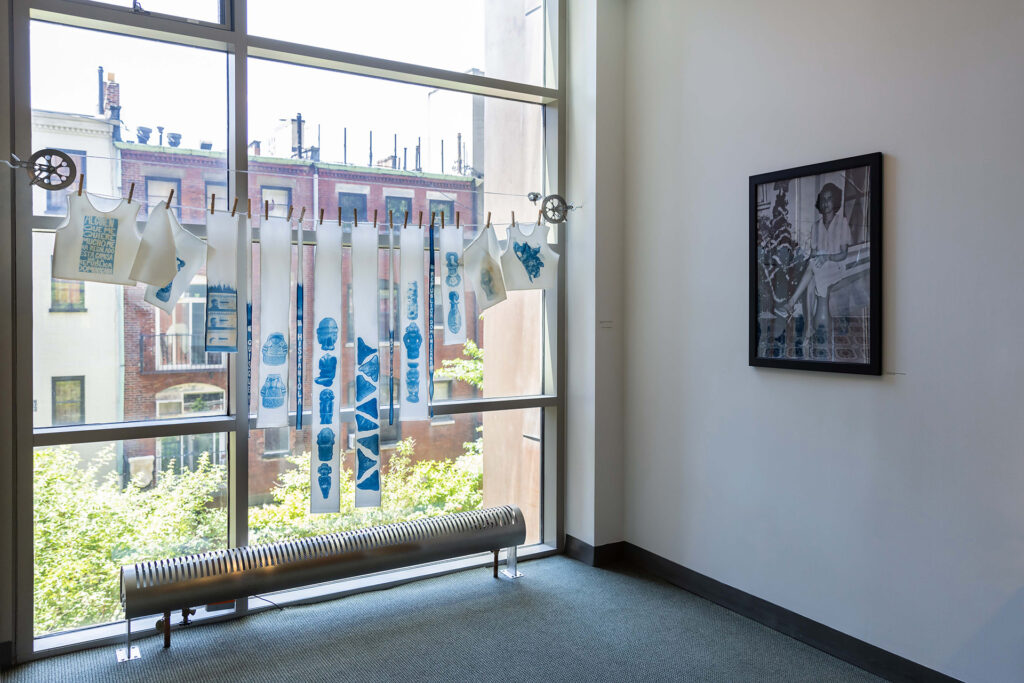
La Matriarca Clothesline installation at the Bard Graduate Center, New York, NY.
Them Frames: Finally, please finish this sentence. I need photography in my life because…
Lissy Alta: It makes me love the world.

2023 Photo Journal, Cyanotype on Paper.
You can see more work by Lissy Alta by visiting her website and Instagram.
More reading: Hypnotic Self-Portraits Transport You Into Multiple Realities
Want your work featured on Them Frames? Pitch us.
